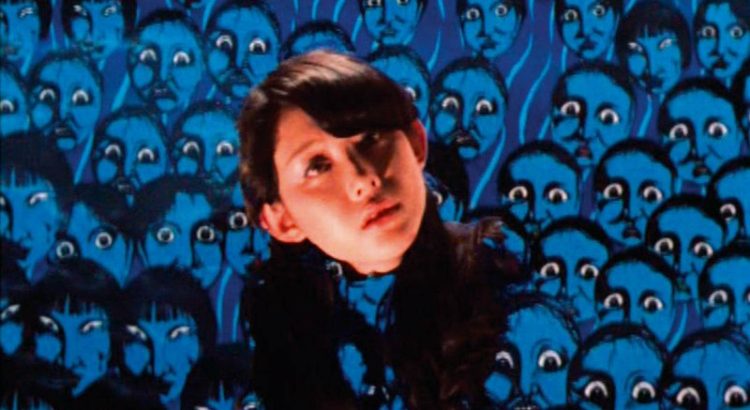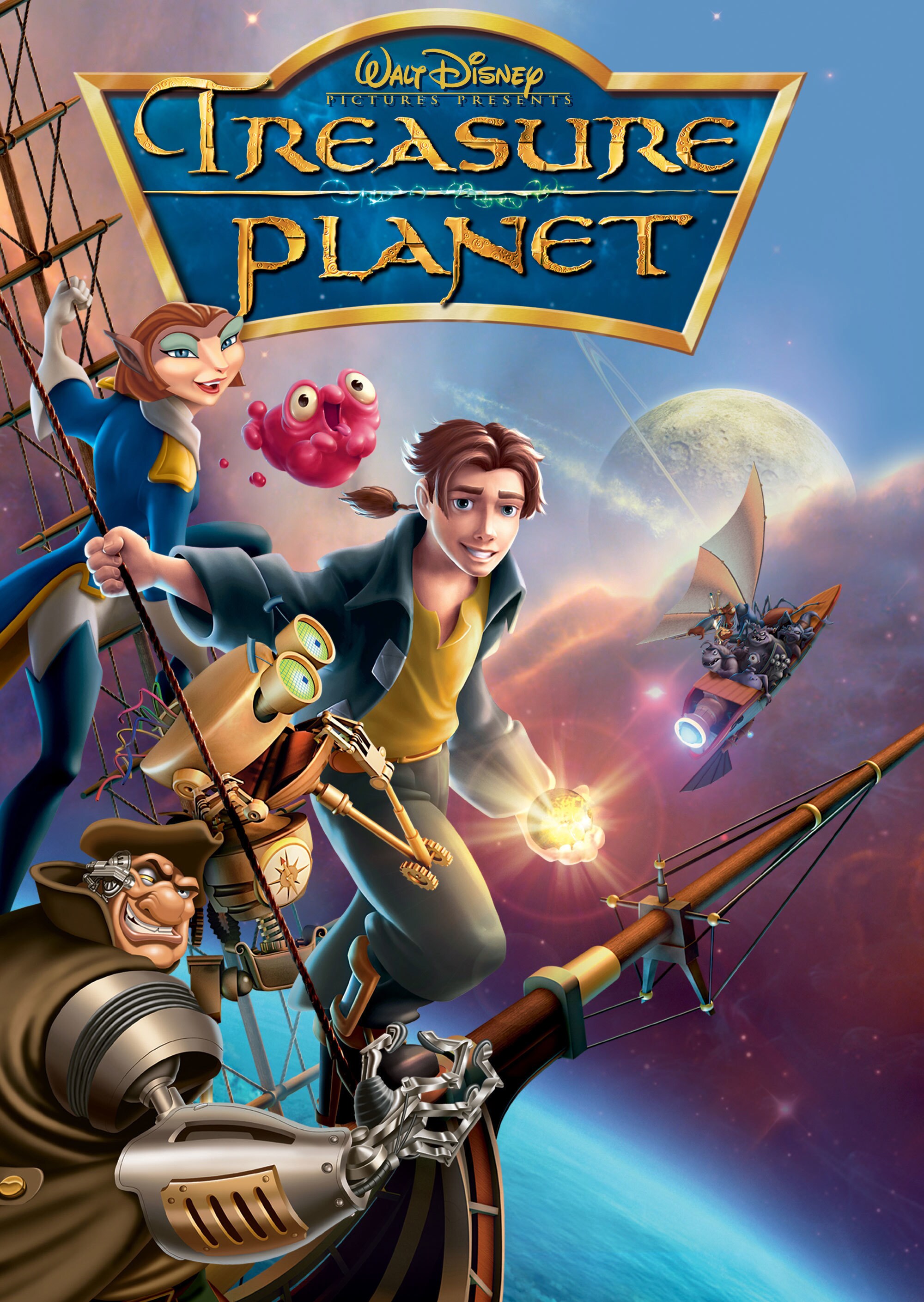While my “Wellness Wednesday” this past week focused more on schoolwork than wellness, there are certain things that I treated myself to during the day off. One such activity was listening to music from the 2005 version of Pride and Prejudice starring Keira Knightley and Matthew Macfadyen. If you aren’t familiar with Pride and Prejudice, the film is based off of Jane Austen’s 1813 novel of the same name, which features five sisters from an English family (namely Elizabeth Bennett) as they navigate issues of marriage and morality. Instead of the storyline, however, today I’ll be talking about the movie’s soundtrack.
There are a variety of reasons as to why I love the Pride & Prejudice (Music from the Motion Picture) soundtrack. For one, I have fond memories of it. When I was in high school, I learned how to play two songs featured in the movie: “Leaving Netherfield” and “Liz on Top of the World.” I should clarify that by “play,” I mean play on the piano, and by “learned,” I had to master (or at least, become proficient in) the songs for an end-of-the-year piano recital. I didn’t mind, however, due to how pretty the songs were. “Liz on Top of the World” has a special place in my heart, not just because of the name, but for how beautiful it is. In my opinion, both of these tracks, along with basically every song in this soundtrack, are to be treasured – and you don’t need to have a personal connection to the soundtrack to enjoy them.
Movie soundtracks can do wonders in enhancing a movie scene or storyline. The Pride and Prejudice soundtrack has many moments where it does just that. It excels in its use of subtle songs in the periphery of crucial scenes, but it also drops the music front and center, making it as important as the dialogue or even the plot itself. “Meryton Townhall” and “Another Dance,” for instance, help transport viewers into the late eighteenth century during ball scenes. The soundtrack enhances the film by going hand-in-hand with its tone and story, intensifying pivotal scenes and providing insight on character growth. “Liz on Top of the World,” for example, begins while a silhouette of the sky is shown through Elizabeth’s closed eyelids, setting a mood. The music crescendos and manifests into an image of Elizabeth standing on a cliff, culminating into a breathtakingly beautiful and powerful scene.
Outside of the film, the soundtrack gives me all the emotions I feel while watching the movie. It’s also worthy enough to be art on its own accord, and if you haven’t caught on by now, I highly recommend that you give it a listen. Don’t believe me? Composer Dario Marianelli received an Oscar nomination for Best Achievement in Music Written for Motion Pictures, Original Score and two World Soundtrack Academy nominations. Clearly, I’m not the only one who believes that the soundtrack deserves praise.





 The movie that made me first question my relationship with animated movies was Coraline. It’s a stop motion animated horror movie released in 2009 that is way too scary for children, contrary to the intended audience of the film. It has somewhat of an infamous reputation for scaring children to death and being overly creepy and disturbing, which is what originally piqued my interest. While I was watching it, I was stunned by how imaginative and off putting it was; it seriously brought some of my nightmares and fears to life. I don’t want to get into the weeds about the plot, so I’ll just say that the feeling of “not everything is what it seems” is so strong and heavily conveyed through every aspect of the movie that it’s almost scary in itself. The art style perfectly complements the disturbing atmosphere of Coraline’s world, and the story is a great blend of subtle messages and morals. Overall, it really opened my eyes to the imaginative possibilities of animation, outside of traditional princes and princesses that are so common in the genre, while also displaying the morals that define a lot of animated movies aimed at children.
The movie that made me first question my relationship with animated movies was Coraline. It’s a stop motion animated horror movie released in 2009 that is way too scary for children, contrary to the intended audience of the film. It has somewhat of an infamous reputation for scaring children to death and being overly creepy and disturbing, which is what originally piqued my interest. While I was watching it, I was stunned by how imaginative and off putting it was; it seriously brought some of my nightmares and fears to life. I don’t want to get into the weeds about the plot, so I’ll just say that the feeling of “not everything is what it seems” is so strong and heavily conveyed through every aspect of the movie that it’s almost scary in itself. The art style perfectly complements the disturbing atmosphere of Coraline’s world, and the story is a great blend of subtle messages and morals. Overall, it really opened my eyes to the imaginative possibilities of animation, outside of traditional princes and princesses that are so common in the genre, while also displaying the morals that define a lot of animated movies aimed at children.






